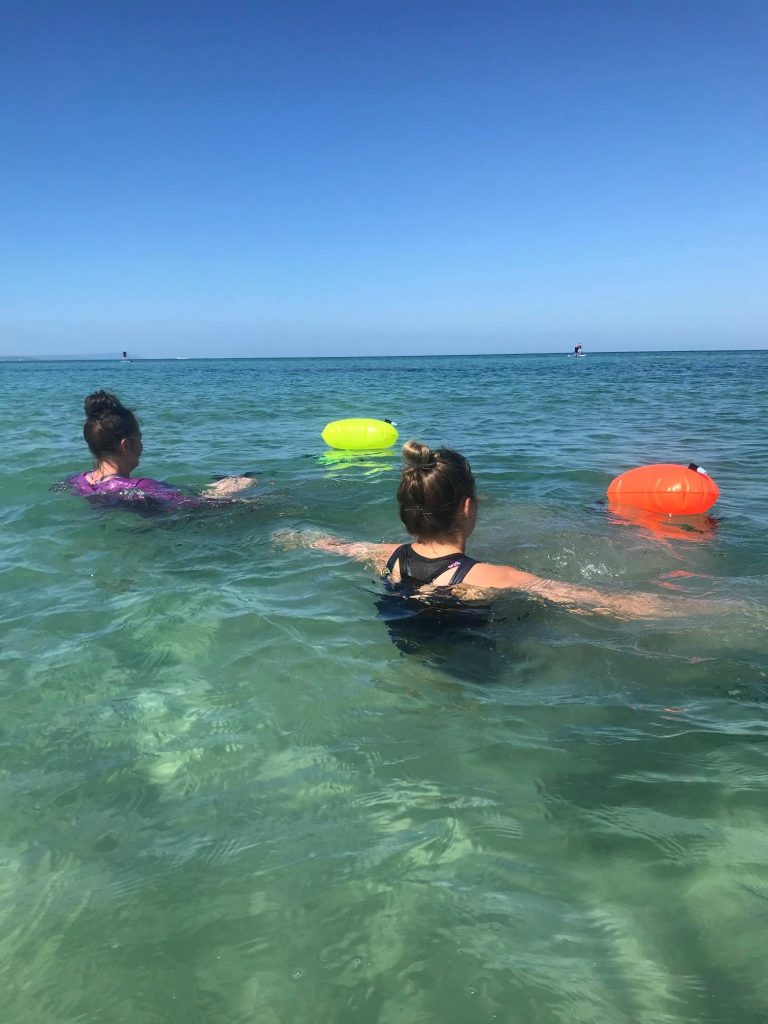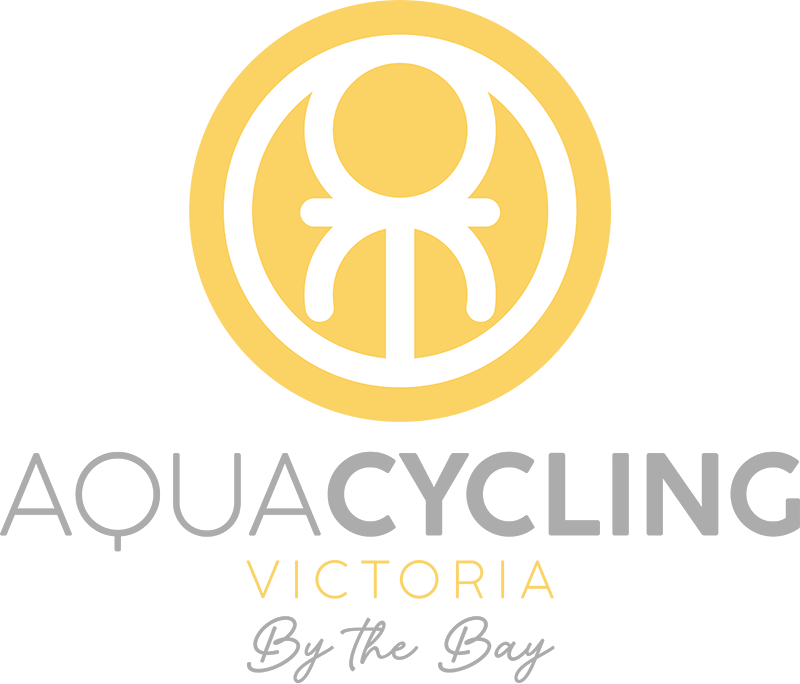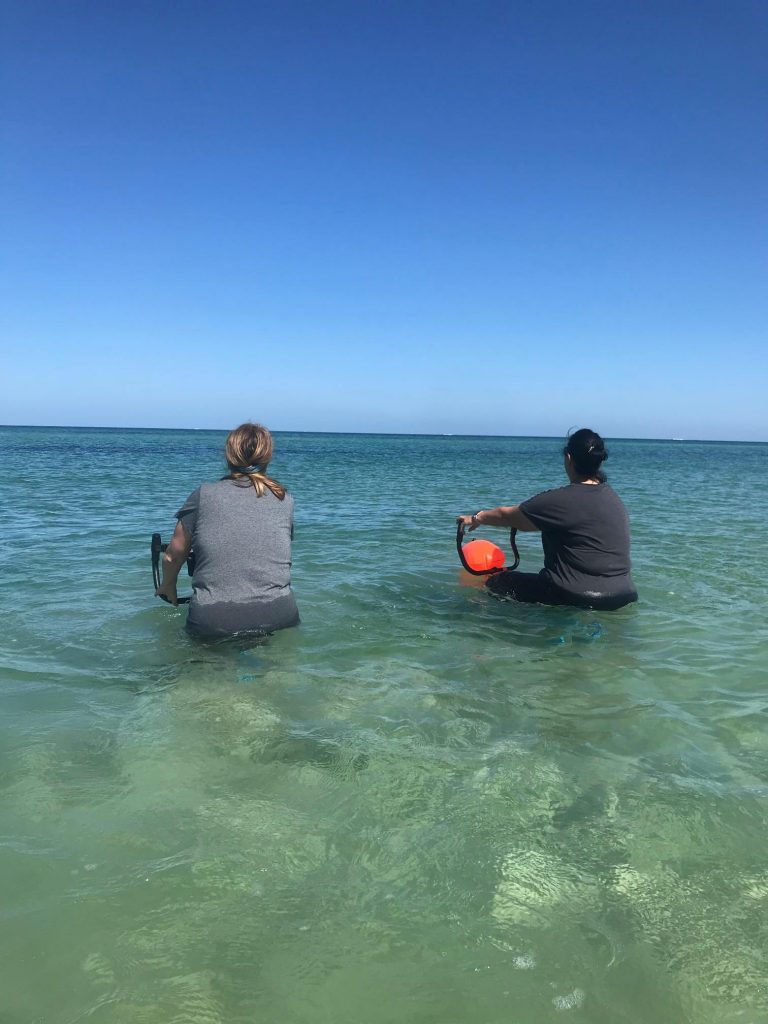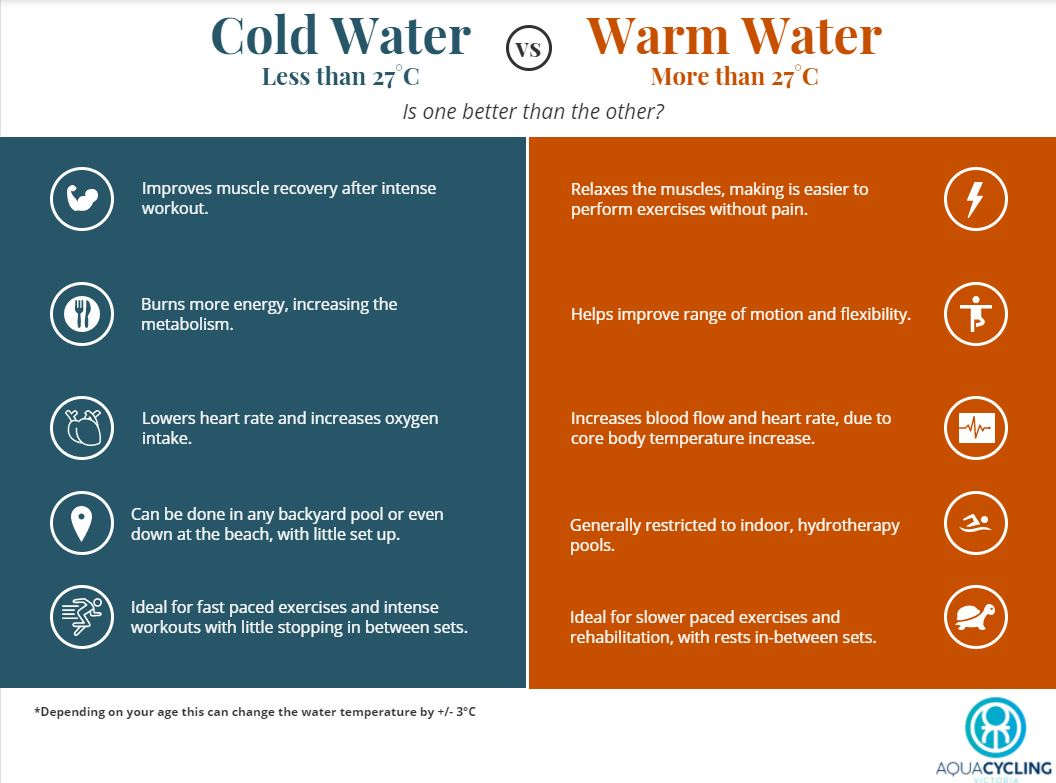

It is always tough when you have a business that can only operate in places that are shut, and that is exactly the position we found ourselves in with Covid-19. With all the restrictions in place we thought long and hard about how we could be a little more creative with our business model to get things moving. Finally, the question came up, ‘why can’t we do some sessions in the Bay?’ So, on a brilliantly warm morning we tested this theory and took the bikes down to the beach. The water was perfect, just like a lake, the sun started to creep up and almost instantly we knew we needed to do whatever it took to start operating out of there. It took a few weeks of phone calls, emails, arranging permits and making some small modifications to the bikes, but here we are with Aqua Cycling Victoria, By the Bay.

30-minute sessions are run in the mornings all week down at Bonbeach, at the end of Williams Grove. These fill up quickly, especially over the warm weekends, so make sure you book in to secure your spot. We only take two people at a time so book with a friend and we will put you together, or if you are on your own we will introduce you to new friends!
Prices
Single session
$35 / session
12 sessions*
$360 ($30/session)
24 sessions*
$660 ($27.50/session)
*Packages valid for one full year from date of purchase.
Bear in mind our By the Bay sessions are very dependent on the weather and water conditions which means we may not be able to do every day. But we will always try and stay informed of these conditions and give as much advanced notice as possible should we need to cancel, and of course you won’t be charged we’ll just book you into another day that is good for you!
‘What should I bring?’ and ‘where can I change?’
…are the two most frequent questions we get. Public bathrooms and showers are available near the Williams Grove Carpark if you want to change before or after your session. We recommend a pair of tights/leggings/cycling shorts, and a pair of aqua shoes or an old pair of runners, things you don’t mind getting wet and you can exercise in. Otherwise just a towel and a water bottle, and maybe a big jumper if you are worried about the cold!






